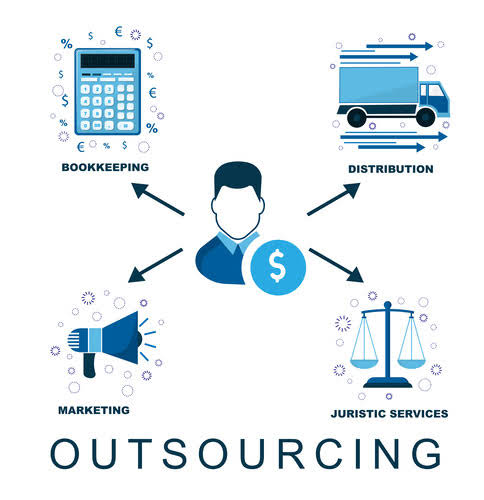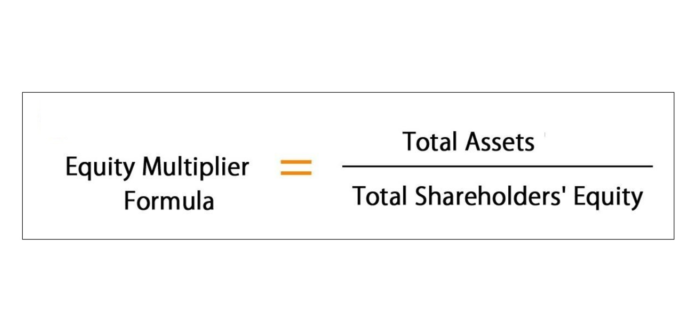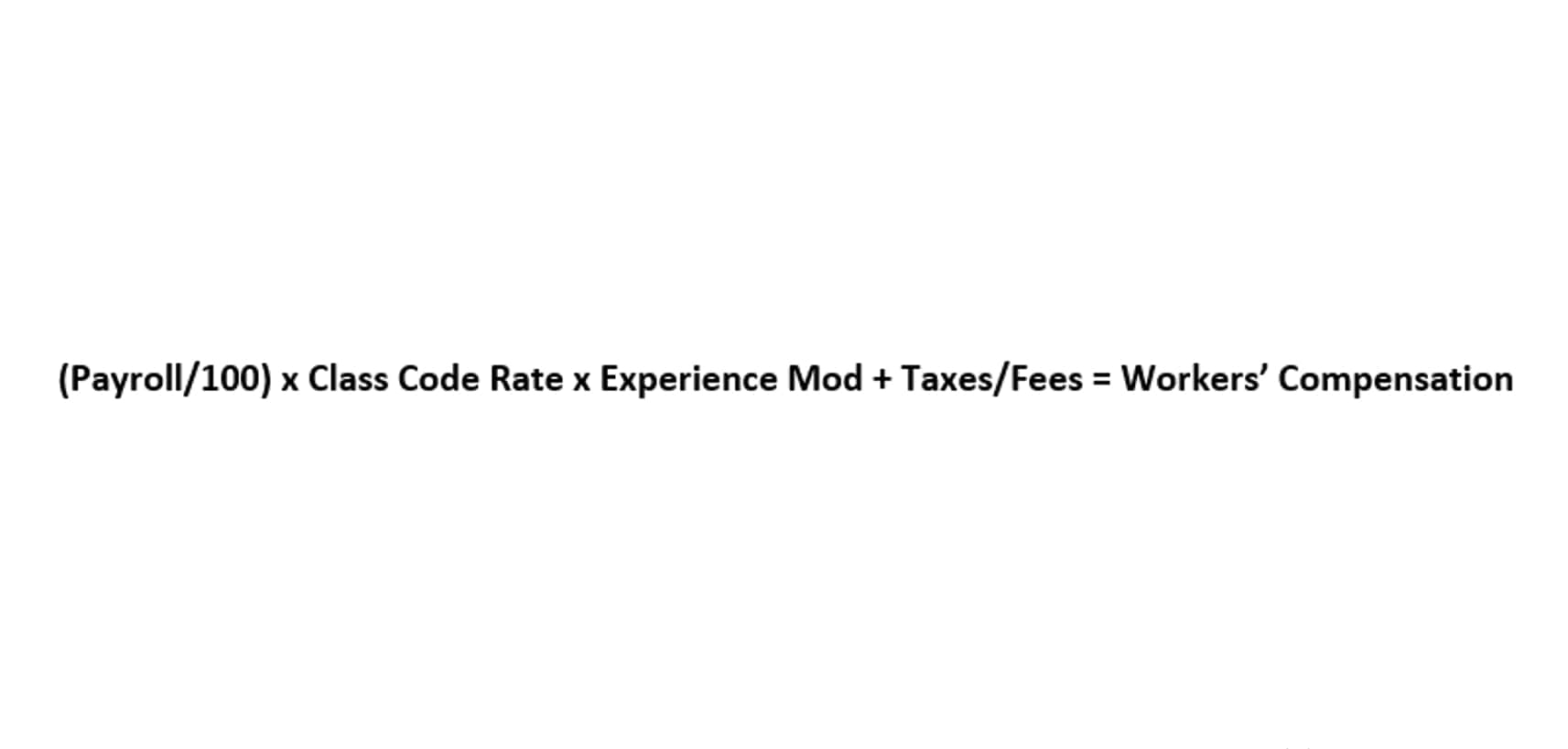
SaaS companies tend to be built in having accounts that make use of the company’s product on a continual or recurring basis. In contrast to traditional products, where the buyer makes a one-time purchase for use of the product, the user of a SaaS product will make regular payments in order to maintain their product use. Whether online or offline, surveys let customers express their opinions on specific aspects of your business. Send targeted email surveys after key milestones, such as onboarding or a product update. Keep surveys concise and focused, with clear questions that elicit actionable insights. Recurring discounts, such as an introductory rate, should be factored into your ARR calculations for the discount period.

Expand Revenue Through Upgrades and Value Metrics
Annual recurring revenue is a type of revenue that is generated from subscriptions for either goods or services. The software product that you pay for monthly would have an ARR, and so would your service contract with your HVAC company. Annual recurring revenue applies to anything that you would pay periodically to use, provided that the period is regular and the use or service is consistent, based on your agreement with the company. To track the health of your subscription business over time, you need in-depth knowledge of the company’s current financial standing and how you’re stacking up to yearly growth goals. Whether you’re re-evaluating product-market fit, planning for new feature releases, or doubling down on expansion revenue, knowing the real-world impact of your decisions is paramount. Maximizing Annual Recurring Revenue (ARR) is crucial for the success and growth of any subscription-based business.
- Then, divide the result by the previous year’s ARR and multiply by 100 to express it as a percentage.
- Keep an eye on real-time financial and subscription data with your Whop business dashboard and rest assured that your customers are taken care of by Whop’s 24/7 customer support team.
- Business metrics are powerful tools; however, they need to be gathered, accurately calculated, correctly understood, and used in the right context.
- Annual run rate, or revenue run rate, is a predictive metric that estimates future earnings based on a business’s annual revenue.
- The longer customers stay with your business, the more they contribute to your ARR.
- If those customers churn (or cancel their subscriptions) sometime during their current period, this is also accounted for by deducting their canceled subscription payment from your CARR.
Annual Recurring Revenue Formula (ARR)

AI-driven insights can help you balance between competitive pricing and profit margins, allowing for real-time adjustments based on market trends, customer behavior, and demand elasticity. You can reduce the overall costs of acquiring each customer by improving your customer acquisition strategies and optimizing your Lifetime Value (LTV) to Customer Acquisition Cost (CAC) ratio. To prevent this, ensure ARRs are calculated based on the duration of each contract, dividing the total contract value by the number of years it spans.
Increase upgrades
- Understanding and effectively managing your ARR is fundamental to long-term success.
- Instead, it focuses on the predictable income you receive from subscriptions.
- To do this, subtract the amount of revenue lost from cancellations from the revenue generated by annual subscriptions and upgrades.
- For example, a company generates $1 million of bookings during the second quarter while billing $750,000 in the same period.
- Each has its own value proposition in terms of what you can learn from them and how you can apply them to your business.
ARR can also be calculated using the MRR (which is the revenue generated per month) with the following formula. ARR is more useful for long-term financial planning, given the recurring revenue stream, as well as evaluating the growth trajectory of subscription-based businesses. By accurately calculating metrics and implementing strategies to enhance them, you can gain valuable insights into the health of your finance, make informed decisions, and drive consistent revenue growth. Optimizing your ARR is essential for maximizing the growth potential of your subscription-based business. ARR measures your company’s revenue momentum and serves as a foundation for long-term scalability.
What Is Annual Recurring Revenue (ARR)?
Increasing ARR growth rate year after year is usually a sign of product-market compatibility. Comparing ARR with other revenue metrics, such as total revenue or monthly recurring revenue (MRR), reveals key differences. To find ARR you must account for all Bookkeeping for Startups recurring revenues within your business.

- As one of ARR’s primary and essential functions, ARR enables businesses to accurately predict future revenue.
- When calculating ARR, it is essential not only to understand what are annual revenues, but also to exclude one-time fees or non-recurring charges that do not contribute to the long-term revenue stream.
- It’s often used by term subscription businesses with gaps between order date and subscription go-live dates (due to onboarding or simply contract language).
- In summary, ARR is not just an indicator of current financial status but a crucial metric for strategic planning, growth measurement, and investor relations in businesses with recurring revenue models.
- Prioritizing customer satisfaction translates directly to higher retention rates and a healthier ARR.
- ARR predicts the bottom line of the business, so you can cross-reference it against your acquisition targets and pricing strategies to project where your business will be in the future.
These orders represent promises of future revenue that have yet to be earned since the company still has to fulfill its obligations by providing the promised service. Once the company provides the service, then the bookings will be converted to actual revenue. Bookings income statement capture all sales transactions, regardless of when the revenue will be recognized or the cash collected.
See your ARR in seconds with strategic finance software

ARR stands for Annual Recurring Revenue, representing the predictable, recurring revenue a subscription business can expect to receive over 12 months annual recurring revenue from its current customer base. Mastering your annual subscription revenue calculation transforms how you approach business strategy. It’s the difference between hoping for growth and engineering it systematically. When you understand what customers consistently pay for your recurring services, you unlock the ability to forecast, scale, and optimize with precision.

Four Ways to Optimize ARR for Long-Term Success
If a new customer is left stranded once they sign on the dotted line, you better believe they‘ll start looking for greener pastures before you know it. Having a customer success team is another safeguard to ensuring your customers (and ARR) are in good hands. Needless to say, you want to grow as fast as possible when you’re starting out. Once you achieve that coveted product-market fit, growth should come easily for you. As mentioned, early-stage businesses typically think in terms of MRR vs. ARR.
